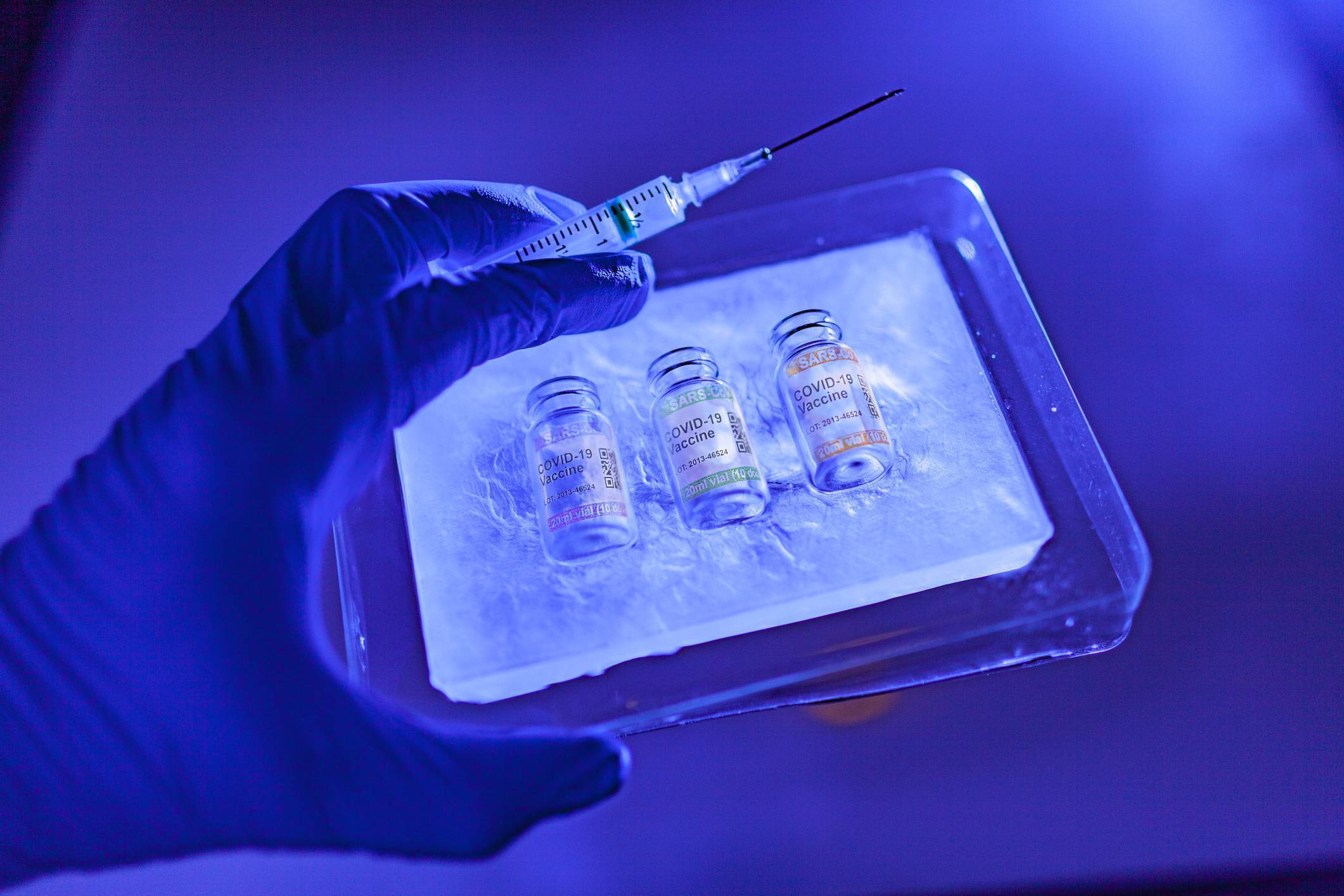
Drive past almost any home or commercial construction project, and you’ll often see the exterior structure clothed in white material, often printed with the word Tyvek®—the trade name for DuPont’s synthetic paper. Today, more manufacturers are producing waterproof synthetic paper to capitalize on the many advantages the material provides over traditional pulp-based paper.
What is Waterproof Paper?
Waterproof paper is technically a plastic film made of flash spun, high-density polyethylene fibers.
The market for synthetic paper is expected to grow at almost 10% CAGR over the next several years, according to a Markets and Markets report. Consumer interest in more sustainable packaging is driving interest in the material.
Benefits of Waterproof Paper

Restaurant menus printed on synthetic paper are more durable and can be disinfected.
With the increasing need for pharmaceutical products and the concern over the spread of the COVID-19 virus, synthetic waterproof paper is seeing an increasing demand for the benefits it provides. The material can be disinfected, unlike traditional paper, unless the paper has been plastic-laminated. Waterproof paper offers a few other significant advantages.
Advantages of Synthetic Paper
- Waterproof
- Cleanable (with Disinfectants)
- Tear-resistant
- Durable
- Recyclable
- UV-resistant
- High opacity
- Lamination not necessary
- Longer life
- Oil and chemical resistant
Uses of Synthetic Paper

Maps and field manuals printed on synthetic paper are waterproof and offer high durability.
Synthetic paper material offers broad appeal for many industries beyond its typical use as a vapor barrier for residential or commercial construction projects.
Just like natural paper, synthetic paper manufacturers produce numerous grades and thicknesses, including card stock. This makes it attractive for many commercial and industrial uses.
- Label facestock
- Pharmaceutical and medical packaging
- Menus
- Window displays
- Point-of-purchase displays and posters
- Field manuals and maps
- Event wristbands
Unlike its pulp cousin, the waterproof film may require different industrial inkjet inks depending on the product’s end-use. Here’s a look at some of the options.
What Inkjet Inks can be used on Waterproof Paper?
Major Synthetic Paper Brands
- Tyvek® – DuPont
- Teslin® – PPG
- Hop-Syn – Hop Industries
- PET Acrylic
- Durilla® CTI Paper USA
- YUPOBlue® – Yupo
Advancements in the manufacturing of synthetic paper make more inkjet ink options available for printing. As a general rule, water-based inks, especially dye formulations, perform poorly on synthetic paper because it’s plastic.
As with many rules, there are exceptions.
Choosing the best ink involves evaluating many variables, such as durability, uses, printing, technology, etc.
Ink manufacturers, like Kao Collins, work with customers to test ink formulations to best match the substrate.
Inkjet Ink Options to Consider for Printing Synthetic Paper
- Solvent-based inks – The formulations bind with the plastic for durable results, making it a good option for variable data necessary for lot codes of pharmaceutical and medical products.
- LED-curable inks – The workhorse ink in the industry today delivers high-quality printing process colors on labels and packaging. The low heat output of LED lamps won’t damage thin films.
- UV/LED Low-migration inks – These inks offer the reduced potential for migration as an option for food and pharmaceutical packaging. Any ink with the possibility of direct or indirect food contact must undergo thorough testing to environmental and user conditions that could affect migration.
- EB-Curable inks – Without any photoinitiators, these inks cure completely with exposure to electron-bean molecules. EB inkjet inks offer another option for food and pharmaceutical packaging when migration is a concern.
- Nano inks – Special formulations of these durable and flexible water-based pigment inks break the rules for aqueous formulations printing on plastics and other non-porous materials. These eco-friendly inks offer yet another option for food and pharmaceutical packaging.
Some manufacturers now add clay coatings to their synthetic papers, which expands the ink selections, including traditional water-based inks. Invisible ultraviolet and infrared inks can be used on some of these manufacturers’ synthetic papers.\
Post-Printing Finishing Options
See Inks for Packaging
Get Started
Synthetic papers don’t limit the options for secondary production. The material withstands stapling, die-punching, serrating, or perforating as well as stability for hot-foil stamping and folding. As a durable facestock substrate, it supports adhesive bonding. Unlike traditional paper and card stock, lamination is not necessary to extend the life of the product.
Contact Kao Collins to help you choose the best ink for printing synthetic paper.
Frequently Asked Questions about Synthetic Paper
What is synthetic paper?
Waterproof paper is a petroleum-based film made from biaxially oriented polypropylene (BOP) or high-density polyethylene (HDPE).
What inkjet inks can be used on waterproof paper?
Generally, solvent or UV-curable inks perform best. Manufacturing methods that use clay coating have expanded inkjet printing options, including the use of water-based ink formulations.
Can you write on waterproof paper?
Yes. Standard ballpoint pens and pencils can be used for writing on synthetic paper.






